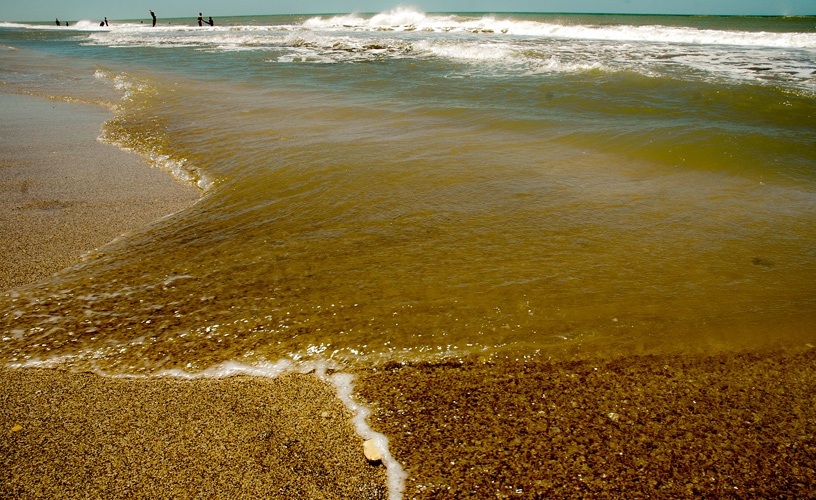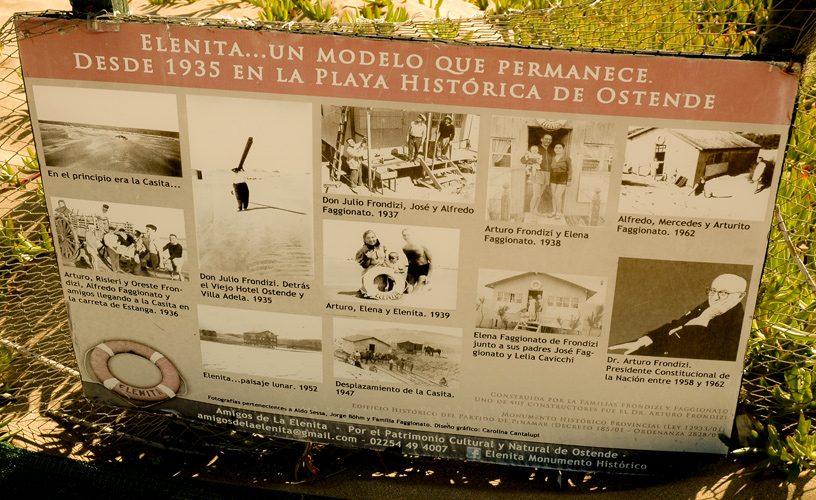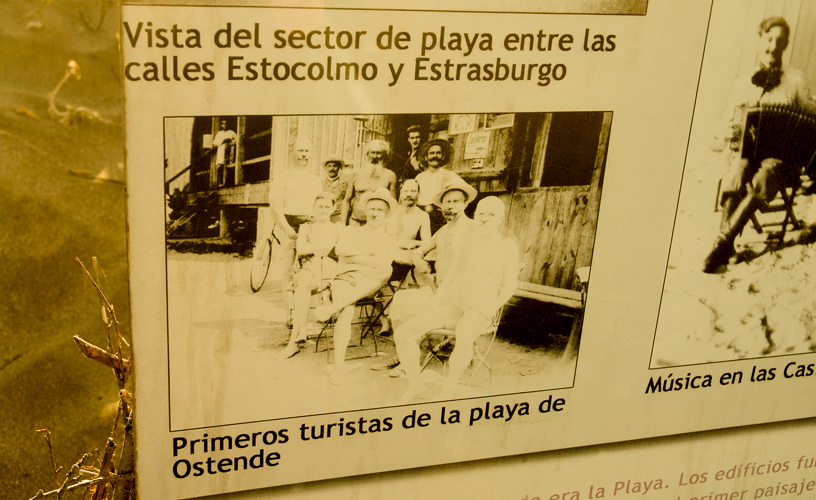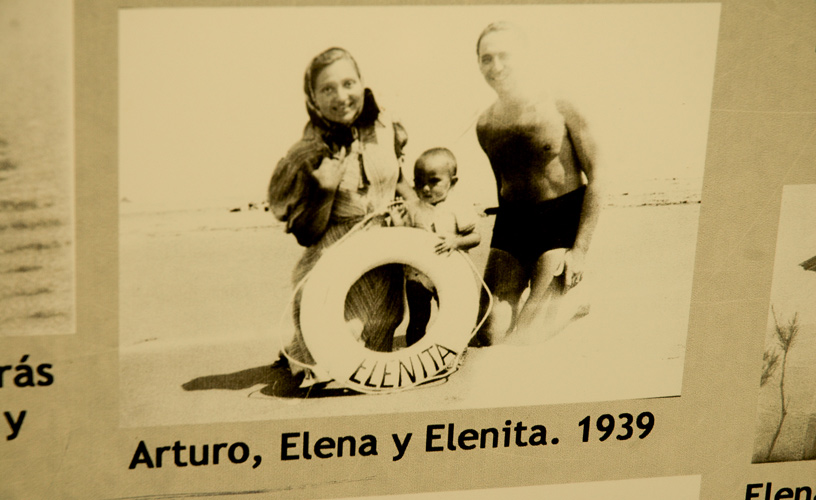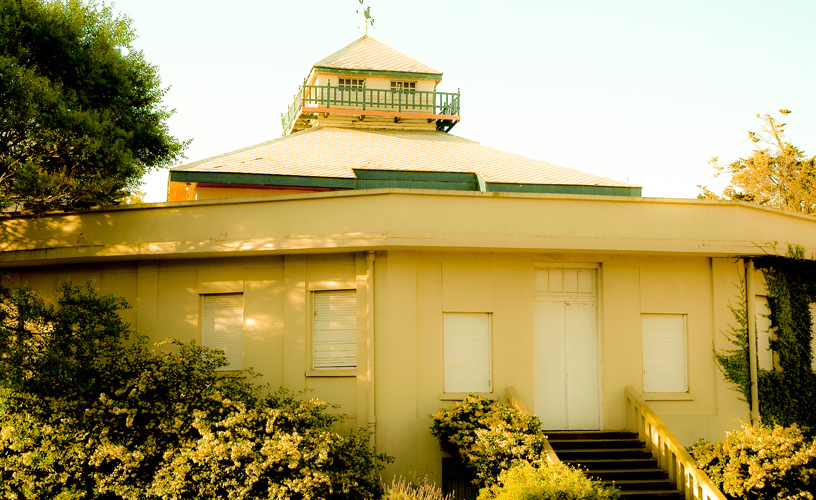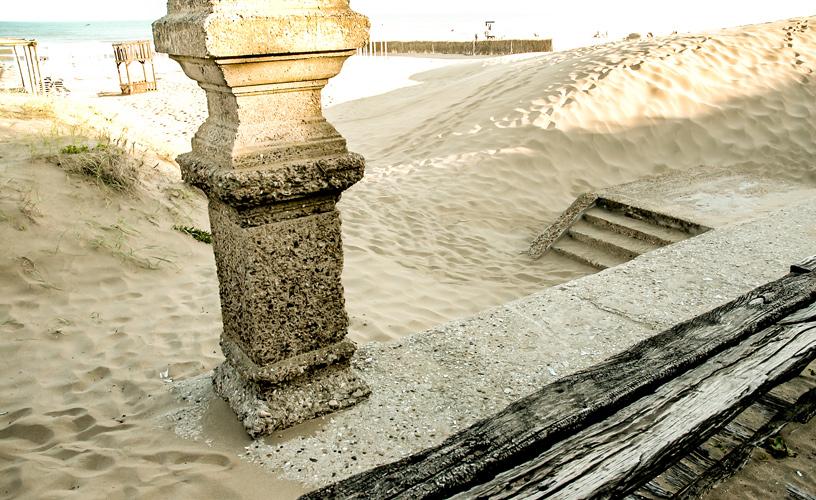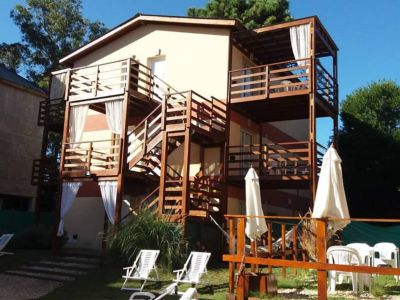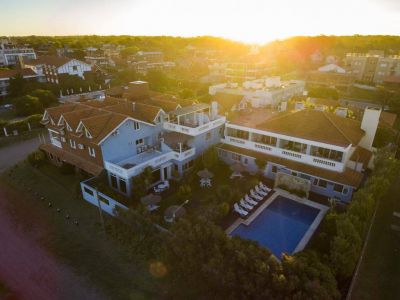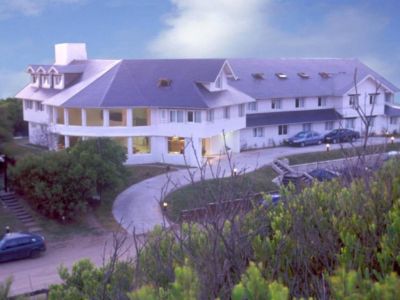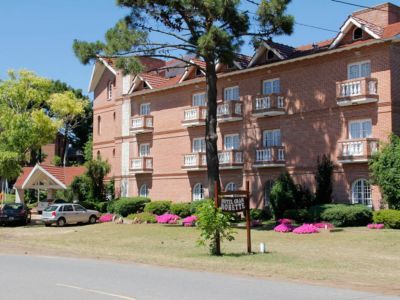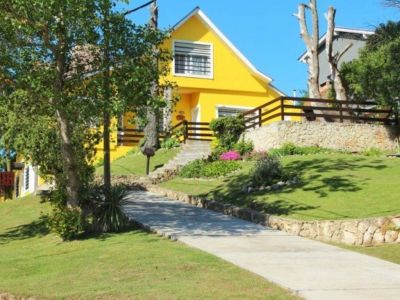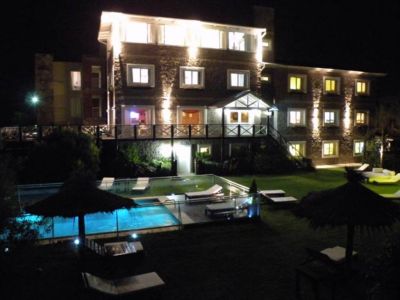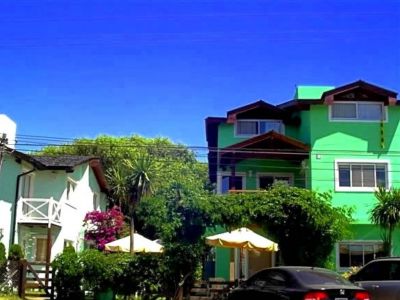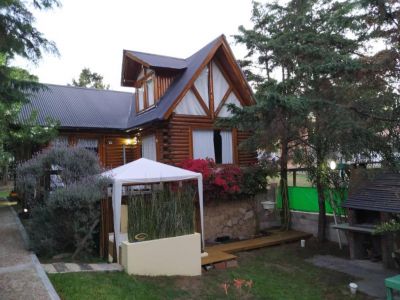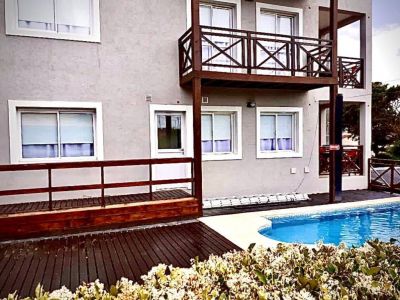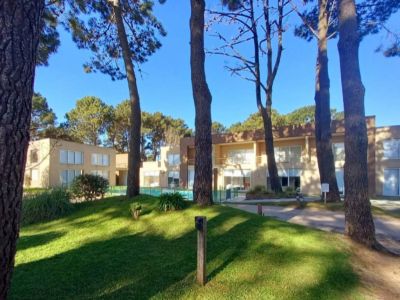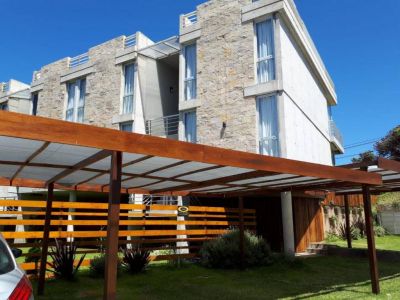Hundred-Year-Old Beaches in Ostende
After so many summers, the habits, fashions and attractions choices have changed in Ostende. What does not change at all is the taste for these magnificent beaches in Buenos Aires.
The City of Ostende turned a hundred years old in 2013 and it had a proper celebration. The old Hotel Ostende was in charge of gathering accounts, stories and characters that not only visited its halls and rooms but also the entire village ever since it first developed. Before the set date, monumental preparations were made to gather all the material that would commemorate the arrival of former vacationers. Photographs, anecdotes, stories told in the first person by visitors to these indomitable beaches when there were no modern means of communication or transport were collected. The hotel is one of the first vestiges of those golden days. It used to be part of an ambitious project started by a group of Belgians who wished to reproduce the first-class beach called Ostende in their native country. For such purpose, they started to plant trees and build a promenade that would go along the coast and join it with the so-called Thermas Hotel. This plan was interrupted when the First World War began and no more funds came from Europe to back the venture.
People who used to visit Ostende spent several days trying to cover the distances and the difficulties that separated it from big metropolis. The sand hills were the most complicated obstacle to reach the beach. But logically, they would enjoy long stays at this destination due to its sunny weather, the inviting sea waters and the promised relax. Back then, it was usual to go to the beach and to sunbathe wearing clothes in order to avoid a tan. The ladies would wear long skirts and parasols and men put on their suits and hats specially designed for the beach. Years later, bodies stripped a little but men and women were supposed to take baths separately in the sea. A long time passed before the outfits would become more comfortable to sort the waves. Old black and white photographs give a clear view of the process of change. The hotel appears like a place where Argentinian and foreign scholars would find inspiration. Maybe that was the reason why the hundred years of history of this village revolve around this venue. Nostalgia was portrayed in a book called “Libro de los huéspedes” (Guests’ Book). It contains anecdotes that belong to artists, writers and muses. At present, we just need to set out towards this cozy and coquettish destination and drive a few hours before we can start enjoying its facilities. The sand hills are no longer a problem and the beach restaurants and technology available are ready to satisfy visitors who left their office outfit at home. The captivating lifestyle of Ostende Beach is the result of a group of entrepreneurs who trusted in a project in the early years and gave origin to a village by the sea, come rain or shine.
Mónica Pons
Pablo Etchevers
